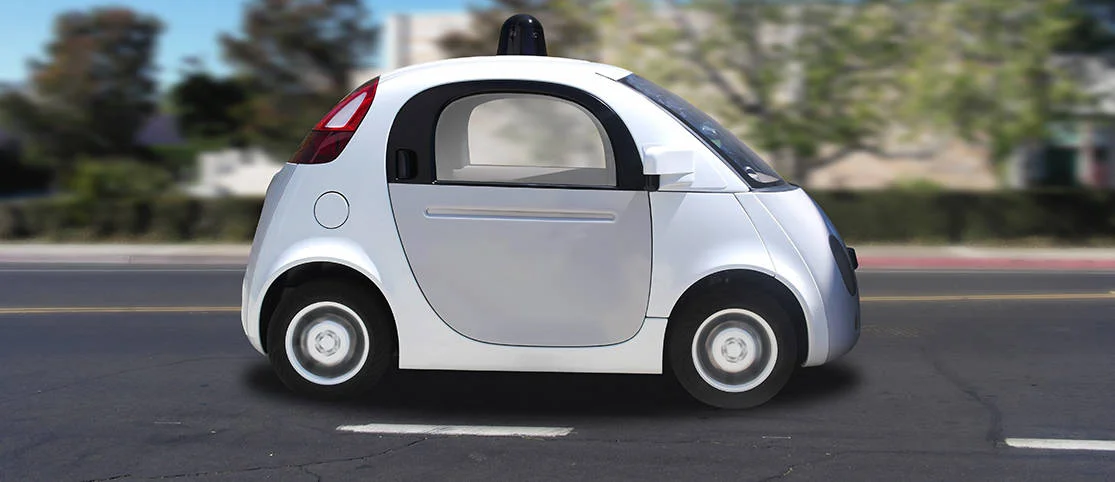Autonomous cars are one of the most revolutionary changes brought about in the automobile industry. It is impossible to imagine a car without a driver even in the current century, but it's here! You don't need to look for a driver while hiring a car from a car rental company. Neither do you need to worry about not owning a car if you cannot drive? However, there are several reasons why autonomous cars are taking longer than expected, both in manufacturing and developing as a more famous model than ordinary cars. After all, it is a new idea, and people would take longer to accept it. Here are a few reasons to state why driverless cars are taking longer than expected.
A Lot of Work to Be Done
There's a lot to achieve for autonomous cars. These cars are helpful only on roads that are mapped, and the information of the maps is fed into the device that helps the cars to operate. Thus, for autonomous cars to function on all streets, they require a map. The process of scaling down roads, highways, and other structures into maps might take several days. Thus, the process of developing autonomous cars and ensuring they can function everywhere is time-consuming.
Loss of Livelihood Amongst Many
One of the most common reasons for the slow growth and acceptance of autonomous cars is the loss of livelihood amongst many. Every time you may think of a car hire UAE, a driver gets paid his daily wages. Thus, driving is a source of livelihood for many in different countries. Autonomous cars would mean the complete replacement of the drivers, thereby robbing them of their income. Such an approach has often prevented people from accepting autonomous cars.
Uncertain Safety Potential
While it is true that robots might have greater efficiency and accuracy than humans, autonomous cars are yet to gain users' trust. For instance, autonomous cars might not have the chance to doze off while driving late at night or be drunk and cause accidents. But there might be other issues and safety concerns in such cars. The robots are yet to gain the level of accuracy to assimilate information and function accordingly. Designing such accurate robots is often challenging and has made the production of autonomous cars more time-consuming. Furthermore, these cars need another decade to convince the riders of their accuracy and efficiency over humans.

Shaking Faith in Driverless Cars
Most people are not yet convinced of the accuracy of autonomous cars. After all, people feel they are robots and not humans. Thus, most are afraid of trying out such cars, yet they think humans have better sensory perceptions. Autonomous cars are programmed in specific ways and might not function the way people want them to at an instance beyond their programming. Thus, people's overall lack of interest has also reduced autonomous cars' scope in most countries.
Conclusion
Autonomous cars have several benefits. However, it is crucial to promote these cars and develop better systems to increase their efficiency. Doing so would help these cars to build trust amongst the people and therefore operate more significantly. The cost of manufacturing and the rising costs of such cars is another concern for its slow growth in the economy. Thus, it is crucial to develop strategies to reduce costs and keep them similar to ordinary cars.

